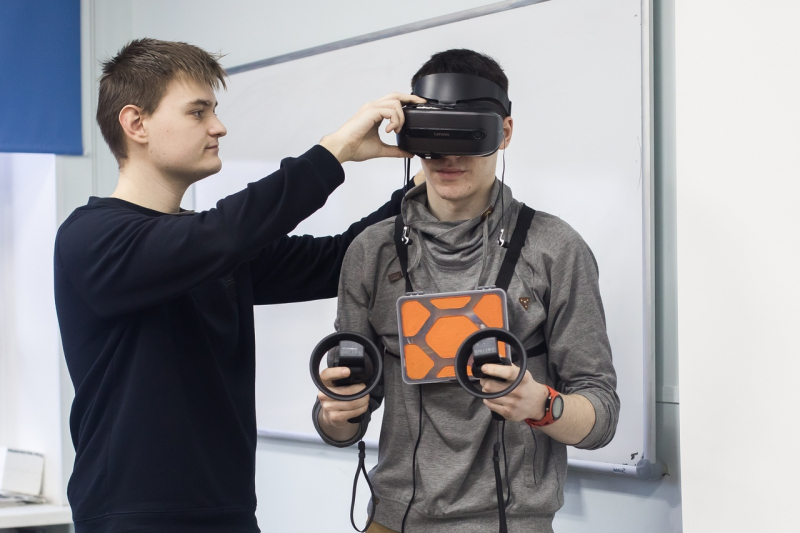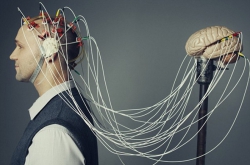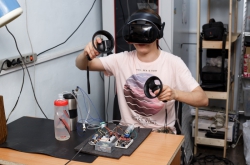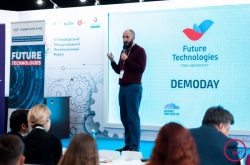Expectation vs. reality
VR and AR technologies have seen a massive surge in popularity over the past couple of years. Bold predictions were made that one day, a VR headset will become as usual a gadget as smartphones and PS4 are today. What’s more, the technology was prophesied to become the next big thing for the semiconductor industry. But this didn’t happen: virtual reality has become a prerogative of gaming clubs and rare users close to the field of VR. Why?
“There is a number of reasons that hindered VR’s popularity. First of all, this was because at this stage of development, VR turned out to be too unnatural an environment for a regular user, that is, a non-geek. How do you interact with VR equipment? You put the helmet on, take a joystick and, though moving around a virtual space, in reality you sit or stand in one place, controlling your movement only through buttons. This creates a dissonance in the brain, known in the scientific literature as simulator sickness. Its main symptoms are nausea, dizziness, and the loss of balance after you exit the game. You can get rid of this state by increasing the quality of immersion with the help of such chunky technological solutions as the treadmill or fully-packaged tracking system. But this creates other problems: this is expensive and takes up lots of space. Not everyone is ready to pay a big buck for something that won’t even fit in their apartment,” explains Konstantin Gorshkov, an associate professor at ITMO University’s Faculty of Control Systems and Robotics.
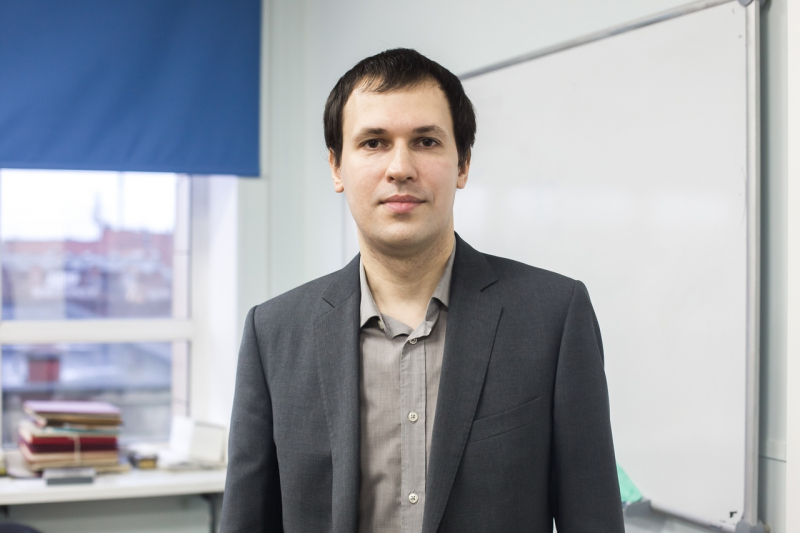
But a solution was found by Yuri Gnevashev, a third-year student at ITMO’s Faculty of Secure Information Technologies. He started his work on the controller project last year as a hobby. The idea was to create a small wireless device that would allow to track a user’s activity, including their movement speed. Thus the user will be moving both in reality and virtuality, which would neutralize the above-mentioned dissonance and the consequences of simulator sickness.
“Right now, what we have is a ‘garage sample’, i.e. the first working prototype. This is an average-sized plastic container, but ideally the end device will be much smaller. It’s fixed on the body as a strap vest, and two sensors are attached to the legs. To use the controller in virtual reality, the user needs to lean a little towards the direction they’re moving in the game: forward, left or right. Then, they need to start imitating the necessary type of movement: running, walking, jumping, squatting. Due to the fact that the controller can read the movement speed, a person can walk slowly, tiptoe or run, and all this will be reflected in the game. It’s also very important that the controller doesn’t require any external equipment and space – you can stay in one place, but you can also move around your apartment, as the vest and sensors are wireless,” comments on the device’s operating principle Yuri Gnevashev.
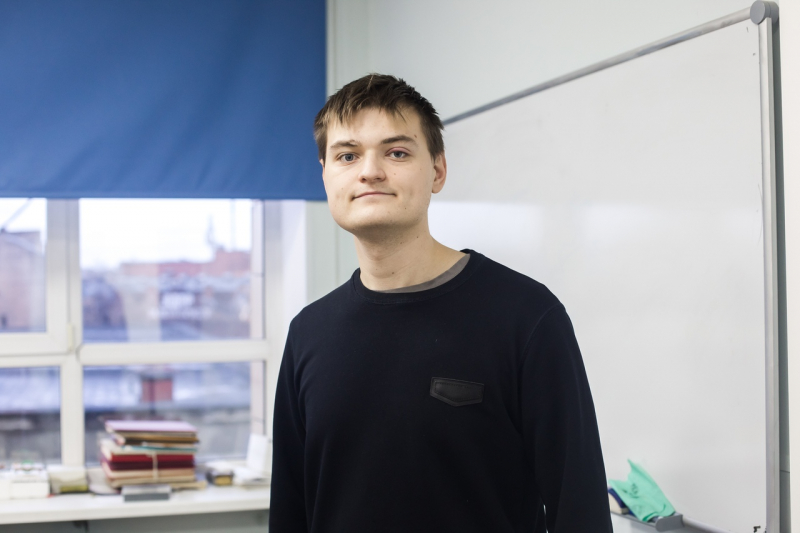
From an idea to a real product
Yuri told about his idea to Prof. Konstantin Gorshkov after a general electrotechnics class and offered to present it at the Congress of Young Scientists contest. Then he assembled a team to develop the technology with; joining it were two lecturers, Konstantin Gorshkov and Sergey Lovlin, and four students, Gleb Menzhilsky, Georgiy Konovalov, Daniil Posokhov and Yuri himself. In September 2019, the team became residents of ITMO Accelerator program, where they coach, Sergey Tolmachev, helped them apply for the Start contest as part of the federal project “Digital Technologies”. The judges endorsed the development and granted the team with two million rubles worth of funding.
“After winning the first round of the Start competition, we got registered as the VR-STEP LLC, as part of which we’re continuing to perfect our controller. Now we’re working on making our garage prototype into a fully-fledged market product. Going forward, we plan to take part in the second and third rounds of Start, where we’ll be able to focus on developing the final sample of the controller, preparing documentation for its manufacturing and jump-starting the sales,” says Yuri.
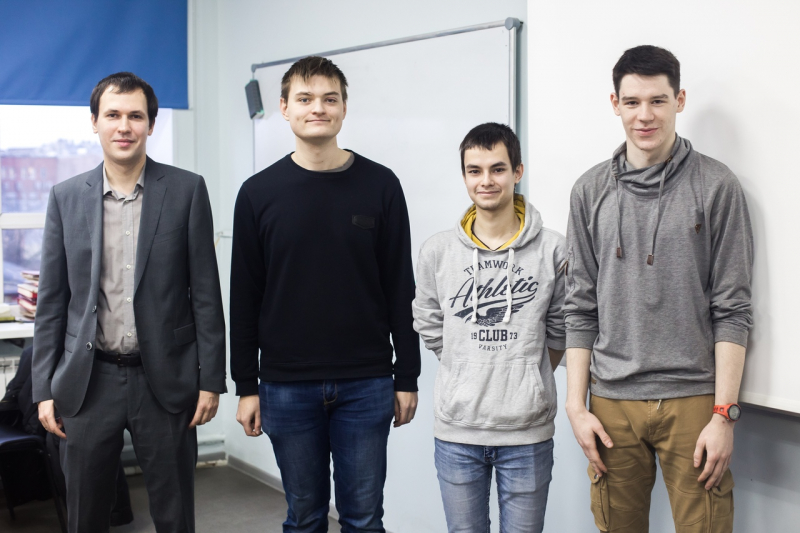
The project’s authors share that they intend to launch the fully featured version for small-scale production as early as next year, while large-scale sales are to kick off in 2021.
The project’s uniqueness
When the team was assembling their garage prototype, they got the idea of looking at similar developments out there. To the students’ surprise, they found only one analogous device: the California-based startup Walk VR, which managed to obtain crowdfunding support in May 2019. According to the RealGo authors, their competitor’s concept is also far from going into large-scale production and sales, so the two projects are on a more or less equal footing.
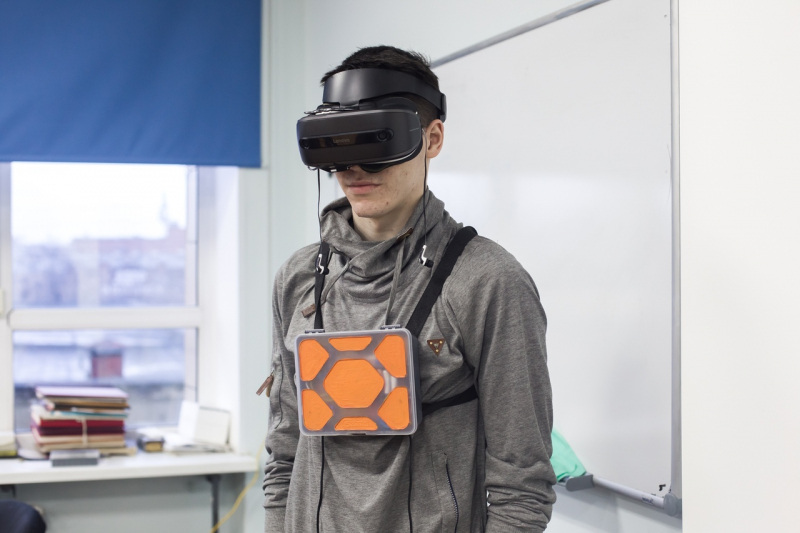
“We see several models for distributing our product. First of all, this is the B2B segment, in other words selling or leasing the controllers to VR clubs. There are a lot of these now, but they’ve opened a couple of years ago when VR was something new and attractive. Now many of these clubs are closing because the public’s interest, and hence the profits, are dropping. But new technological solutions can reignite VR buffs’ interest, and bring the clubs’ popularity back to some degree. They’ll also be useful in the field of education, including the corporate one, for instance for more effective training of staff. What’s more, they could also be of use to gamers in the B2C segment. They’ll give the players new exciting experiences and a deeper immersion into the gaming process,” says Konstantin Gorshkov about the team’s plans for the future.
